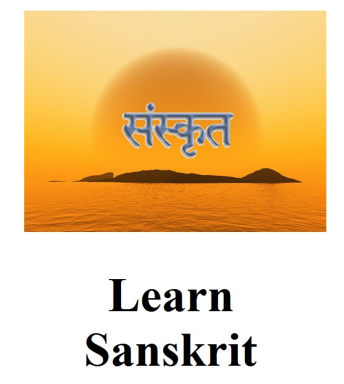Description
The oldest surviving Sanskrit grammar is Pāṇini’s prescriptive Eight-Chapter Grammar of Classical Sanskrit, dating back to about 500 BC. His rules helped systematize Sanskrit grammar.
Sanskrit is a highly inflected language which uses prefixes, suffixes, infixes, and reduplication to form words and to represent grammatical categories. Many of these categories have been lost or simplified in the modern Indo-Aryan languages. There are numerous sandhi forms. Sandhi (from Sanskrit word meaning ‘joining’) refers to sound changes that occur at morpheme or word boundaries. They occur in all languages, for instance, in English the consonant /f/ changes to /v/ before the plural marker, e.g., knife – knives.








Reviews
There are no reviews yet.